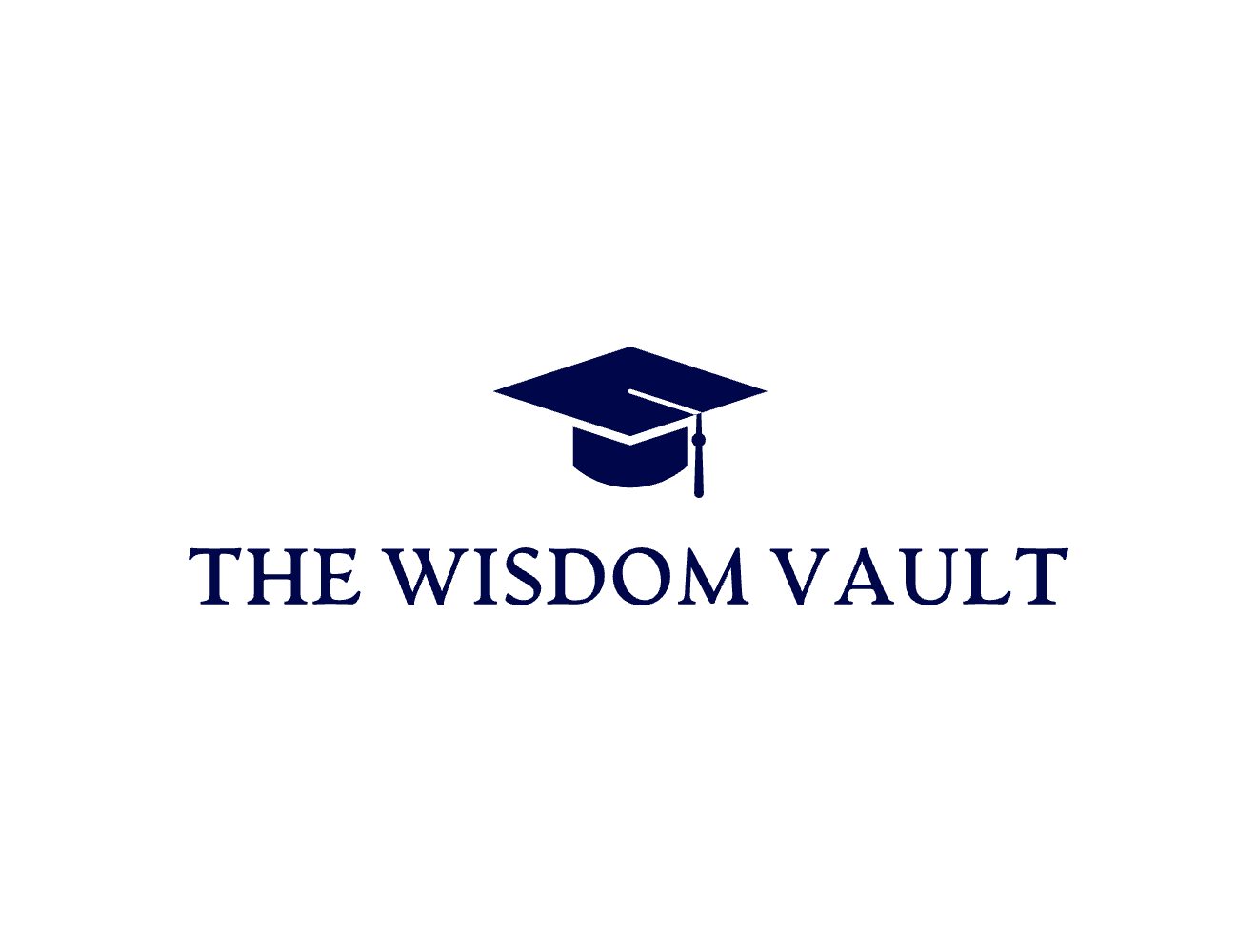XRP and XLM !
XRP (Ripple) and XLM (Stellar) are two of the most well-known cryptocurrencies that have garnered immense institutional and governmental support. Both projects focus on revolutionizing the financial world by streamlining cross-border payments and improving efficiency. In this article, we will dive deep into what XRP and XLM are, their core functionalities, and the major institutional and governmental partnerships they’ve secured, highlighting the reasons behind these collaborations and their potential solutions.
1. XRP (Ripple)
What is XRP?
XRP is the cryptocurrency native to the Ripple network, designed to facilitate fast, low-cost, and secure cross-border transactions. Unlike traditional cryptocurrencies like Bitcoin, Ripple does not rely on mining but rather on a consensus protocol, making transactions quicker and more energy-efficient. XRP can settle transactions between any currencies and is often used by financial institutions for real-time global payments.
History and Creator
XRP was created by Ripple Labs, founded in 2012 by Chris Larsen and Jed McCaleb. Their mission was to build a global payment system capable of overcoming the inefficiencies of traditional banking systems and cross-border payments. Ripple aims to make money transfers instantaneous, more secure, and less costly, addressing issues such as delays and high fees in international transactions.
2. XLM (Stellar)
What is XLM?
XLM is the native cryptocurrency of the Stellar network, which aims to provide fast and affordable cross-border payments, particularly focusing on developing regions and underserved communities. Stellar connects financial institutions, payment systems, and individuals to make financial transactions faster and cheaper, ensuring financial inclusion on a global scale.
History and Creator
Stellar was founded in 2014 by Jed McCaleb (co-founder of Ripple) and Joyce Kim. Stellar was designed as an open-source platform to facilitate low-cost and fast financial transactions between different currencies, especially for people in emerging markets. Stellar’s mission is to enable access to the global financial system for everyone, with an emphasis on the underbanked and unbanked populations.
XRP (Ripple) Partnerships:
Ripple’s XRP has become a popular choice for financial institutions, banks, and companies seeking to improve the efficiency of cross-border payments. Below is a list of Ripple’s significant institutional partners, along with the reasons for their collaboration.
1. American Express (Amex)
- Partnered Since: 2017
- Why the partnership? American Express uses Ripple’s technology to enhance its international payment capabilities, reducing the cost and time it takes to send money across borders.
2. Santander
- Partnered Since: 2018
- Why the partnership? Santander leverages Ripple’s blockchain for its One Pay FX service, allowing customers to send faster and more affordable international payments.
3. PNC Financial Services
- Partnered Since: 2018
- Why the partnership? PNC uses Ripple’s technology to facilitate global payments, ensuring faster and more efficient cross-border transactions.
4. Standard Chartered
- Partnered Since: 2018
- Why the partnership? Standard Chartered utilizes Ripple’s network to reduce the time and cost of international transfers, providing better solutions for their clients in Asia.
5. MoneyGram
- Partnered Since: 2019
- Why the partnership? Ripple acquired a 9.9% stake in MoneyGram, integrating its blockchain technology to improve cross-border remittances and reduce operational costs.
6. IDT Corporation
- Partnered Since: 2017
- Why the partnership? IDT uses Ripple’s technology to power its Boss Revolution platform, which enables efficient, low-cost international money transfers.
7. SBI Holdings
- Partnered Since: 2016
- Why the partnership? SBI Ripple Asia was formed to bring Ripple’s blockchain to financial institutions in Japan and Southeast Asia, aiming to improve payment systems in the region.
8. Royal Bank of Canada (RBC)
- Partnered Since: 2017
- Why the partnership? RBC uses Ripple’s blockchain technology to enhance global payment systems, improving international transfer speed and cost efficiency.
9. UBS
- Partnered Since: 2018
- Why the partnership? UBS has worked with Ripple to explore blockchain technology to reduce costs and improve the efficiency of cross-border payments.
10. Axis Bank
- Partnered Since: 2017
- Why the partnership? Axis Bank uses Ripple’s blockchain to optimize cross-border payment systems, ensuring faster international payments for their clients.
11. Western Union
- Partnered Since: 2019
- Why the partnership? Western Union has tested Ripple’s technology to explore faster, cheaper alternatives for remittances, although it’s not fully integrated yet.
12. Société Générale
- Partnered Since: 2018
- Why the partnership? Société Générale collaborates with Ripple to explore the potential of blockchain in enhancing cross-border payments and improving financial transparency.
13. Central Bank of Bhutan
- Partnered Since: 2020
- Why the partnership? Bhutan’s central bank is exploring Ripple’s technology to create a digital currency and improve domestic and cross-border payments.
14. Fidelity Investments
- Partnered Since: 2019
- Why the partnership? Fidelity is exploring Ripple’s blockchain to offer cryptocurrency investment products and integrate blockchain technology into its existing operations.
XLM (Stellar) Partnerships:
Stellar has emerged as a key player in the blockchain space, particularly with its focus on enabling cross-border payments and fostering financial inclusion. Below is an overview of Stellar’s partnerships and the reasons behind them.
1. IBM
- Partnered Since: 2017
- Why the partnership? IBM utilizes Stellar’s blockchain for IBM World Wire, a global payments network designed to process cross-border transactions in real time with lower costs.
2. Deloitte
- Partnered Since: 2017
- Why the partnership? Deloitte collaborates with Stellar to deliver blockchain-based solutions for businesses, helping to streamline payments and transactions through the adoption of distributed ledger technology.
3. Citi Bank
- Partnered Since: 2019
- Why the partnership? Citi Bank is collaborating with Stellar to explore blockchain for cross-border payments, aiming to make international transactions faster and more efficient.
4. Stripe
- Partnered Since: 2018
- Why the partnership? Stripe integrates Stellar’s blockchain into its payment processing system, allowing businesses to handle cross-border payments more quickly and with reduced fees.
5. Temasek
- Partnered Since: 2019
- Why the partnership? Temasek has partnered with Stellar to advance financial inclusion in Southeast Asia by enabling low-cost, cross-border payments and remittances.
6. FastPay
- Partnered Since: 2019
- Why the partnership? FastPay uses Stellar’s blockchain to enable real-time international payments, offering businesses a secure and fast way to handle cross-border transactions.
7. MoneyGram
- Partnered Since: 2019
- Why the partnership? MoneyGram uses Stellar’s blockchain to improve the efficiency of their global remittance services, offering customers faster and cheaper cross-border money transfers.
8. Saudi Arabia’s Ministry of Finance
- Partnered Since: 2020
- Why the partnership? The Saudi Ministry of Finance uses Stellar’s blockchain to modernize government payments and enhance the speed and efficiency of cross-border transactions.
9. Visa
- Partnered Since: 2020
- Why the partnership? Stellar has partnered with Visa to explore blockchain integration into Visa’s payment network, focusing on improving cross-border payments for businesses and consumers.
10. Smartlands
- Partnered Since: 2019
- Why the partnership? Smartlands uses Stellar’s blockchain to tokenize real-world assets, enabling secure and transparent transactions involving digital assets.
11. LobsterBank
- Partnered Since: 2020
- Why the partnership? LobsterBank utilizes Stellar’s blockchain technology to offer cross-border payments that are more affordable and accessible, especially in emerging markets.
12. Walmart
- Partnered Since: 2019
- Why the partnership? Walmart is investigating the use of Stellar’s blockchain for enhancing cross-border payments and simplifying supply chain management.
History of XRP (Ripple)
Origins and Concept
The idea behind XRP (Ripple) can be traced back to 2012 when Ripple Labs was founded by Chris Larsen and Jed McCaleb. The two founders aimed to solve a critical problem in the global financial system: the slow, expensive, and inefficient process of cross-border payments. They envisioned a system that could facilitate fast, low-cost international money transfers by leveraging blockchain technology. Unlike traditional banking systems that rely on intermediaries, Ripple’s technology enables direct transactions between parties in real-time, without the need for a central clearinghouse.
The main goal behind Ripple was to revolutionize the way financial transactions were handled globally, making them faster, more transparent, and less costly.
Ripple Labs & RippleNet
Ripple Labs, later rebranded to simply Ripple, created RippleNet, a decentralized global payment network that uses XRP as its native cryptocurrency for liquidity. RippleNet is designed to be a fast and secure platform for transferring money across borders, ensuring that financial institutions can make international payments without relying on traditional SWIFT-based systems. XRP serves as a bridge currency that enables liquidity for these transactions.
While Ripple’s technology has been embraced by many financial institutions, the role of XRP as a token used for transferring value on the network is where the controversy often arises. XRP is unique in that it is not mined like many other cryptocurrencies. Instead, it is pre-mined, with a fixed supply of 100 billion XRP tokens.
The Ripple Founders:
- Chris Larsen: Co-founder and former CEO of Ripple. He played a crucial role in Ripple’s development, helping to create the company and its vision for improving the global payment system.
- Jed McCaleb: Co-founder of Ripple and the creator of the eDonkey peer-to-peer file-sharing network. McCaleb was one of the original minds behind the creation of XRP but later left Ripple to start Stellar (XLM).
Ripple’s Challenges and Legal Issues
Over the years, Ripple has faced significant legal challenges, particularly with the U.S. Securities and Exchange Commission (SEC). The SEC filed a lawsuit in December 2020, alleging that Ripple’s sale of XRP constitutes an unregistered securities offering. The case has yet to reach a final conclusion, but it has caused uncertainty around the future of XRP, particularly in the United States. Despite this, Ripple has maintained strong support from global financial institutions and has expanded its reach across the globe.
XRP and the ETF Talks
The idea of an Exchange-Traded Fund (ETF) for XRP has been a subject of speculation in recent years. The purpose of an ETF is to allow institutional investors to gain exposure to the cryptocurrency market without directly holding the digital assets. For XRP to have its own ETF, it must first be classified as a commodity rather than a security by regulatory authorities like the SEC.
While there has been no definitive approval for an XRP ETF yet, talks have emerged, especially after the success of Bitcoin and Ethereum ETFs. However, the ongoing legal battle with the SEC poses a significant barrier to XRP’s inclusion in the ETF space. A favorable ruling for Ripple in its legal case could pave the way for XRP to be treated as a commodity, opening up the potential for an ETF in the future.
History of XLM (Stellar)
Origins and Concept
Stellar (XLM) was created in 2014 by Jed McCaleb, one of Ripple’s co-founders, after he left Ripple due to disagreements over the direction of the company. McCaleb’s vision for Stellar was to create an open-source, decentralized platform that facilitates fast, low-cost, cross-border payments, much like Ripple’s network. However, McCaleb had a different vision for Stellar’s structure, focusing on enabling financial inclusion by providing banking services to people in developing countries.
Unlike Ripple, which primarily focuses on financial institutions, Stellar’s aim was to provide direct access to financial services for individuals, especially in underserved regions. Stellar allows for seamless and cost-effective international payments, connecting financial institutions and individuals around the world, particularly in emerging markets.
Stellar Development Foundation (SDF)
The Stellar Development Foundation (SDF) was established in 2014 to oversee the development and promotion of Stellar’s blockchain network. The foundation’s mission is to promote financial inclusion, improve cross-border payment systems, and allow low-cost transactions across the globe.
Stellar’s consensus mechanism is also unique. Rather than using proof-of-work or proof-of-stake, Stellar uses the Stellar Consensus Protocol (SCP), which allows for faster transaction speeds and greater scalability.
Jed McCaleb’s Role
Jed McCaleb’s background in technology and decentralized networks played a significant role in shaping the vision of Stellar. Before founding Stellar, McCaleb was known for his work with eDonkey, one of the first peer-to-peer file-sharing networks. He also co-founded Ripple, where he helped develop the concepts of cross-border payments using blockchain technology.
XLM and the ETF Talks
Like XRP, XLM is also a candidate for an ETF. Stellar’s low-cost, fast, and scalable nature has made it an attractive solution for cross-border payments. However, the process of launching an ETF for XLM faces similar hurdles as XRP—regulatory approval.
An ETF for XLM could help provide institutional investors with easier access to Stellar’s ecosystem. The growing adoption of Stellar by major players in the payments industry, including IBM and various remittance companies, makes it a strong contender for future ETF approval.
The regulatory landscape remains uncertain, but if Stellar continues to expand and its legal standing remains stable, there could be significant progress toward an ETF for XLM.
This is not financial advice!
Read more here: The Future of XRP and XLM: Earning Passive Income



